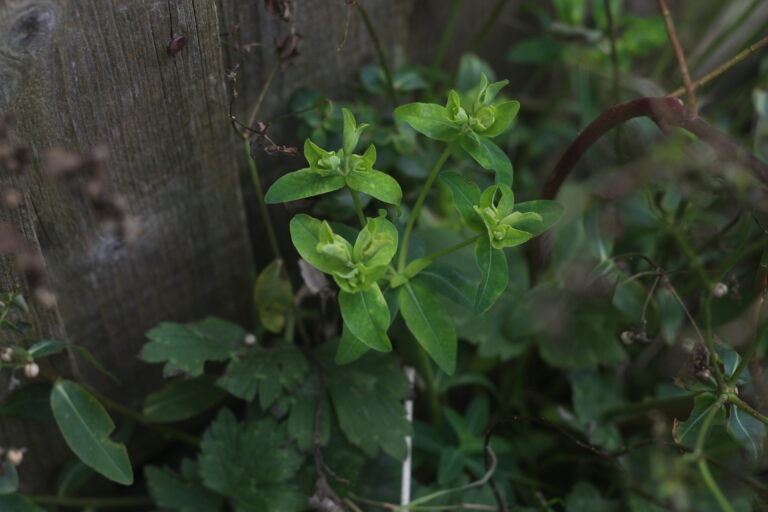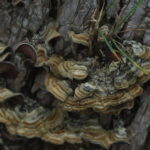For the second year, On the Verge have been out and about at New Year counting wildflowers in bloom
The results form part of a brilliant citizen science project from BSBI (Botanical society of Britain and Ireland) to see how changes in weather patterns are affecting the flowering times of wild and naturalised plants. Not only are everybody’s results contributing to important scientific evidence, but it’s also a good opportunity to get more people interested in botany, or recording activities in Seaford, and we all learn a bit more about flowers and other nature.
Thanks so much to everyone who came along and got involved! Great to see so many people there.
Last year we found there were more species growing in the town centre pavements than in the fields being managed as meadows. This year we planned two different routes that wound through the heart of the town centre, and round the perimeter of Crouch gardens (more often the home of football and youth clubs than botanists). We ended up at St Leonards churchyard, from where a few of us went on for a drink to warm up.
Overall we reported 20 species plus a few ones that weren’t counted but still cheered us up with a bit of colour or other interest in the depths of winter! Wildlife included bumble bees, and birds – one blackbird seemed to be watching our activities very carefully! And there was a great display of fungi on an old elm trunk.
We were able to lend out equipment including books and spotting sheets. Many thanks to Ouse Valley Climate Action fund for their support.
Plants recorded for the first time this year included annual mercury and annual wall rocket along Crooked Lane, the delightful ivy-leaved toadflax in Crouch Lane, sweet violets just peeping their heads up at the edge of the Crouch and winter heliotrope (a fantastic plant that smells of vanilla and is much loved by bees) in St Leonards churchyard.
The most interesting species was probably broad-leaved spurge (which has not been much recorded in Seaford). One bright little flower of the tricky “yellow composites” variety we decided was smooth hawk’s-beard. Hawk’s-beards, hawkbits, sowthistles and dandelions can all be difficult when you are learning! It’s great to learn these together!
Thanks for coming. Don’t stop looking in pavement cracks, we always love to hear about what you have found, all through the year!
The full list reported to BSBI is shown below
On the Verge
- Annual meadow grass
- Annual mercury
- Annual wall-rocket
- Bristly oxtongue
- Broad-leaved spurge
- Canadian fleabane
- Common chickweed
- Daisy
- Dandelion
- Grounsel
- Ivy-leaved toadflax
- Petty spurge
- Pot marigold
- Shepherd’s purse
- Smooth hawks-beard
- Smooth sowthistle
- Sweet violet
- Three-cornered garlic
- Winter heliotrope
- Yarrow















